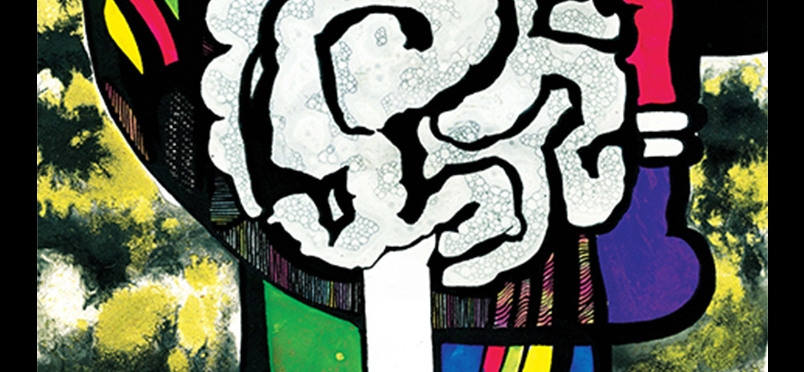| neuropathic pain
CRPS: Comparing Dorsal Root Ganglion to Spinal Cord Stimulation

Proving the Efficacy of DRG Stimulation for Lower Extremity Neuropathic Pain
New research conducted at West Virginia University School of Medicine in Morgantown concludes that dorsal root ganglion (DRG) stimulation is more effective than spinal cord stimulation (SCS) at providing relief for patients with neuropathic pain affecting the lower extremities. Refractory neuropathic pain affects 1.5% of the population and SCS has demonstrated success in fewer than half of patients with chronic regional pain syndrome and other chronic pain conditions. Prior research has shown that the DRG undergoes pathophysiologic changes in response to chronic pain in animal models, indicating its viability as a target for neurostimulation. The findings are published in the journal PAIN®.
The ACCURATE study was a prospective, multicenter, randomized comparative effectiveness trial conducted in 152 subjects diagnosed with complex regional pain syndrome or causalgia in the lower extremities. Participants received either DRG stimulation or SCS, with treatment success defines as more than 50% decrease in pain scale scores over 3 months with no stimulation related neurological deficits. DRG stimulation resulted in higher treatment success rates than SCS at 3 months (81.2% vs 55.7%; P<0.0004), and similar rates of treatment success for DRG vs SCS were maintained at 12 months. Lead researcher Timothy Deer, MD, summarized, “This [study] shows that the chance of getting a positive outcome with DRG spinal stimulation is the highest ever seen in the area of treatment for nerve injuries for the area from the waist to foot. Also, DRG spinal stimulation was superior to conventional treatment in all treatment groups.”
Read more about the study findings here.
The study abstract may be read here.
Did you enjoy this article?
Subscribe to the PAINWeek Newsletter
and get our latest articles and more direct to your inbox